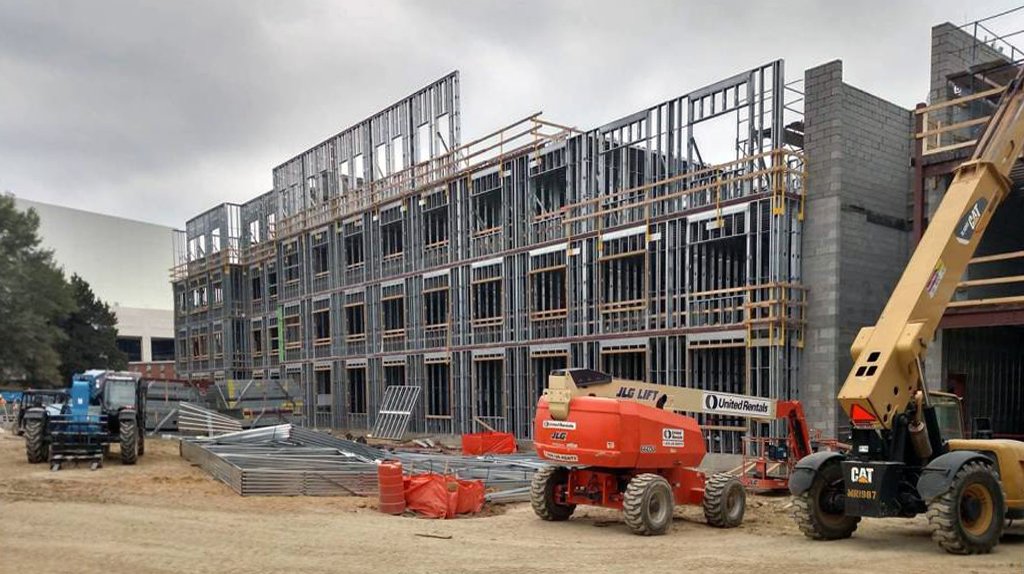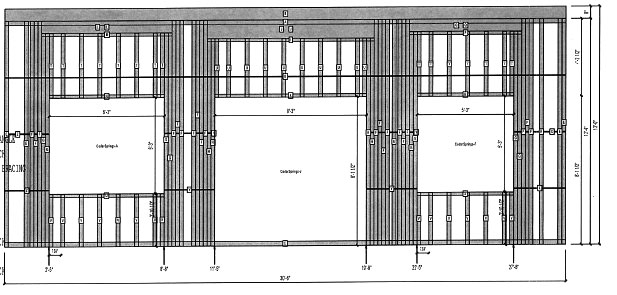

No refunds can be issued on digital publications due to the inability to recover the document once it is provided.

COLD FORMED STEEL FRAMING DETAILS HOW TO
The design examples are based on AISI S100-12, North American Specification for the Design of Cold-Formed Steel Structural Members, 2012 Edition, and show how to translate the information available in CFSF manufacturer's literature into complete structural systems. It provides a general review of the basic structural principles, and five comprehensive design examples, which cover wind bearing and axial load bearing stud walls, and joists. This Guide has been prepared to assist practicing structural engineers to design Cold-formed Steel Framing (CFSF) systems. Please allow 24-48 business hours for delivery. Documents are prepared M-F during regular business hours.

Please be sure to include an email address with your order. Bottom Flange Length: the distance between the interior surface of the section shape and the end of the bottom flange segment.ī1.The electronic version of this document will be placed in a Dropbox folder and the purchaser notified via email when it is available for downloading. Top Bend Length: The distance between the exterior surface of the top of the section shape and the end of the top bend segment.ī1. The cold forming process passes steel sheets between large rollers to deform the steel, but at a lower temperature than hot rolling. Middle Bend Length: the length of the interior surface of the middle bend segment. Cold formed steel framing (also called metal studs or lightweight steel framing systems) makes the steel shapes differently than the hot rolled structural steel. Bend Width: the distance between the left extremities of the section shape to the exterior surface of the middle bend segment. Outer Fillet: the radius of the outer corner fillet of a bend in a cold-formed steel section shape.ī2. Inner Fillet: the radius of the inner corner fillet of a bend in a cold-formed steel section shape. Fold Length: the distance between the exterior surface of the lip segment and the end of the fold segment. Lip Length: the distance between the exterior surface of the section shape and the end of the lip segment.ī1.

This is listed as a Structural Analysis family parameter. Principle Axes Angle: the rotational angle between the principle axes and cross section reference planes. Centroid Vertical: the distance from the centroid of the section shape to the lower extremities along the vertical axis.Īlpha. Centroid Horizontal: the distance from the centroid of the section shape to the left extremities along the horizontal axis. Outer Fillet: the radius of the outer corner fillet of a rectangular hollow structural section shape. Inner Fillet: the radius of the inner corner fillet of a rectangular hollow structural section shape. Wall Nominal Thickness: the average perpendicular distance between the inner and outer surface of the section shape. Wall Design Thickness: the perpendicular design thickness between the inner and outer surface of a section shape. Height: the external height of the section shape. Width: the external width of the section shape.


 0 kommentar(er)
0 kommentar(er)
